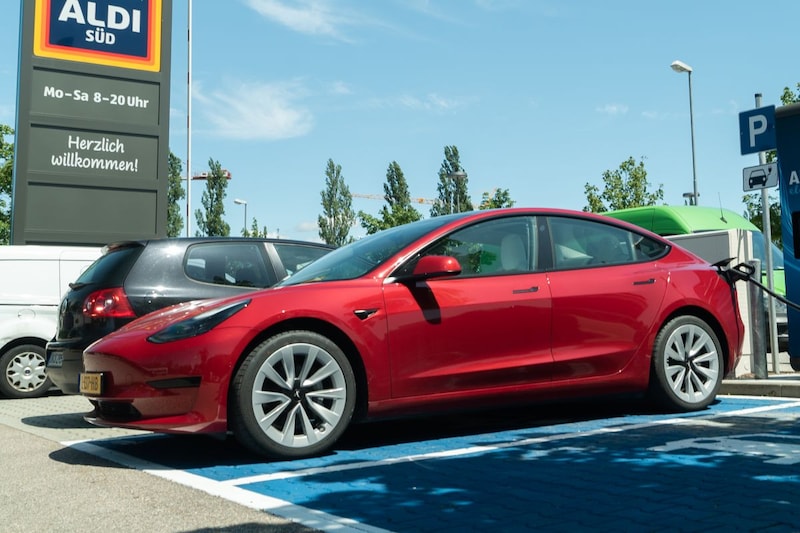
In the Netherlands, we are at the forefront when it comes to charging infrastructure for electric cars. Things are going a lot slower with our eastern neighbors in Germany. The VDA industry association is sounding the alarm: the expansion must be accelerated, otherwise the government objectives will be endangered.
The ‘charge point density’ in the Netherlands is the highest in the whole of the European Union. Here you will find 47.5 charging points per 100 km of roads, according to figures from ACEA from September. In Germany they have 19.4 per 100 km. So quite a difference. It worries the German Automotive Industry Association (VDA). Germany wants to have 15 million fully electric cars on the road by 2030, but at the current pace, according to the VDA, not enough charging points will be added quickly enough to facilitate that advance. that message Manager Magazine.
VDA top woman Hildegard Müller states that the growth rate of the number of charging points in Germany must increase by no less than sevenfold: “In order to actually realize the number of electric cars that the government wants, approximately 2,000 new public charging points would have to be installed every week. it’s only 300. Simply put, the pace should be seven times faster.” Moreover, there are large differences between different federal states. For example, in Bavaria there are more than 9,000 regular charging points and 1,319 fast charging points, but in the Bremen region, for example, only 278 and 50 respectively. to be able to traverse with an electric car.
In addition to a faster expansion of the network, Müller also argues that the German government should allocate money to subsidize home chargers. According to Müller, the government should not underestimate the importance of sufficient charging options: “The car industry can build 15 million electric cars, but consumers will only accept them if they can be 100 percent confident that they can easily charge their car anytime and anywhere. “
– Thanks for information from Autoweek.nl